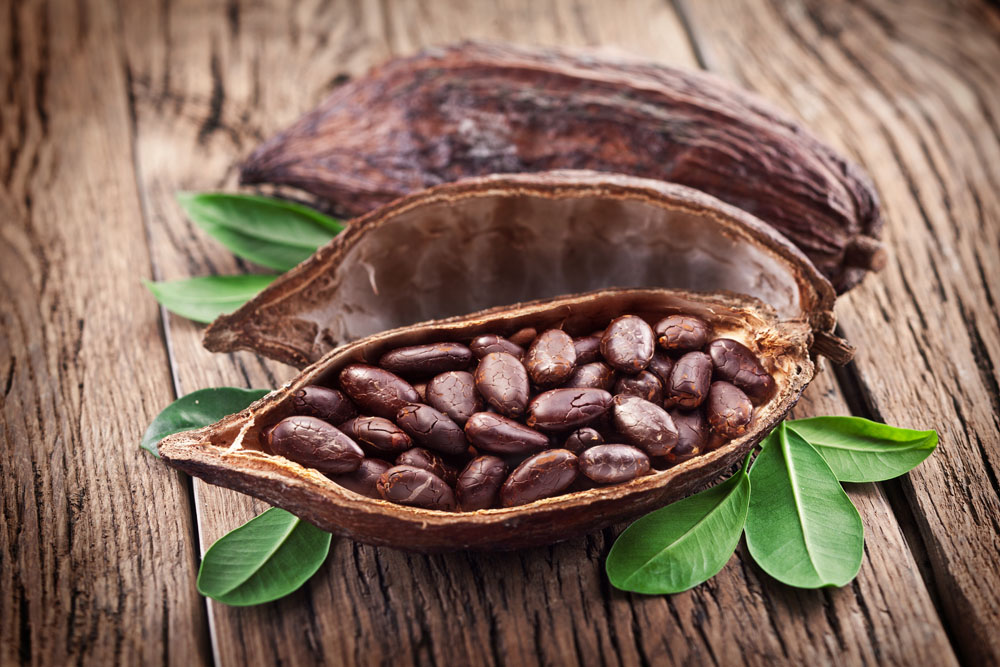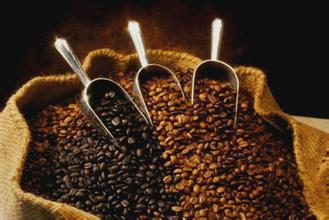Six factors of coffee to judge the influence of roasting of coffee beans on coffee
Coffee roasting, the pursuit of "color, aroma, acid, sweet, bitter, body (so-called round, mellow texture)" the perfect combination of six conditions! These six conditions, in addition to the "color" is to determine the quality of the appearance of coffee beans, the remaining five conditions are completely displayed between the tongue and upper and lower jaws full of taste buds, so the next time you drink coffee, don't rush to add sugar and creamer, try to determine when coffee is hot and cold in the mouth, feel the sour, sweet, bitter taste, etc., distributed in those parts of the mouth, do not take long, you will be able to experience the fun of coffee. And find out what coffee is right for you!
Color:
Color "refers to the dark color of coffee beans after roasting, as well as the distribution of appearance lines. In the process of roasting, the shape of coffee beans will expand to one or two times the original volume. The color of coffee beans will deepen with the increase of temperature, from yellow green to black coffee color. Each color represents the change of composition and organization in each stage of coffee beans. The same batch of coffee beans will be roasted to the same chromaticity due to different roasting methods. And there are great quality differences; some roasters in order to shorten the roasting time, to the fire roasting, although and the normal process of roasting coffee beans color consistent, but the bean core may not be baked through, texture has not yet appeared, so the appearance of beautiful, smooth smooth Although it is the choice of indicators, but sometimes only the trick of roasting, can not be trusted! The highlights of the selection are: Bean shape is "full and shiny", not "sticky and colorless" luster, if the loss of luster that beans are not fresh; The bean flat side has a crack, the "silver skin" covering the raw beans is growing out from this crack, this crack is called "cai","silver skin" will break off from the "cai" part with the crack sound, if the beans are heated evenly,"cai" will burst out because of the full shape of the beans, it is clear and easy to distinguish, if the "cai" part has a shrinking shape and squeezing feeling, it means that the bean core is not fully baked."Cai" does not burst open with the sound of cracking. This coffee will be turbid and have a poor texture, and most acids and astringent tastes will be heavier!
Fragrance:
The aroma of coffee beans comes from dozens of aromatic substances contained in them. After roasting, chemical changes occur. Volatile fat in fat diffuses out. During roasting, fat will surface with the decrease of moisture and the loosening of tissue structure. Volatile fat escapes from the body due to high temperature and brings out the aroma of roasting. Fatty acid is the cause of surface luster. When roasting is lighter, fat releases less and aroma is weaker. If stored for too long, the fat will be pushed out of the surface due to oxidation and form an oil condition. At this time, it will smell uncomfortable. When deep baking, the temperature will force the fat out of the surface to form an "oil" state, and then it will be retracted into the beans due to cooling. After another one or two days, the fat will seep out of the surface again due to oxidation. With the diffusion of volatile fat, it will show a rich fragrance. If the beans are stored for too long, the "sweet and sour taste" of fat will turn into "smelly oil smell." Grass flavor and astringent taste come from the temperature change of tannic acid, charcoal flavor comes from the carbonization of fiber and sugar. These flavors are also revealed by the diffusion of volatile fats.
Acid:
Acidity and aroma are the charming factors of coffee. Acidity and aroma are both inside and outside each other. Coffee beans have different kinds of strong acid and weak acid, mainly fatty acid. Volatile fat brings aroma and fatty acid brings acidity. Therefore, proper cooking method can cook volatile fat with aroma without bringing fatty acid out. Especially, the cooking method of rainbow straw has the greatest elasticity. The coffee with poor skills is sour and astringent. The acid with good skills or no acid is free. The Italian coffee machine, which can highlight the characteristics of coffee beans, will completely boil the sour taste of fatty acids and tannic acid, so it is necessary to reduce the sour taste by roasting or blending coffee beans. This is also the reason why Italian coffee is not suitable for brewing single coffee and prefers to blend comprehensive coffee beans for deep roasting.
Gan:
Sweet taste is the relationship between sugar contained in coffee beans and delicious corners, but sugar will disappear with the increase of temperature during roasting, so proper roasting can make coffee sweet play out, too much or less sweet taste will be lost, roasted too shallow, astringent taste will cover sweet taste, roasted too deep, sweet taste will be replaced by charcoal bitterness, similarly, cooking method will also affect the release of sweet taste, water temperature is not enough astringent taste appears, water temperature is too high scorched taste will also drive sweet taste away, This happens with all cooking methods if they are not properly controlled!
Bitter:
There are two kinds of bitterness, one is the bitterness of caffeine, this bitterness is the inherent bitterness of coffee beans, it is pure bitterness, bitter without miscellaneous taste, Romustar has more caffeine content, so bitter taste is heavier, the other bitterness is tannic acid, sugar, minerals and fiber in coffee beans, etc., because baking is too deep to produce "charred bitterness", or cooking temperature is too high to produce "scalded bitterness", this bitterness is not the bitterness of coffee itself, sometimes with other bad miscellaneous taste, Purely caused by human factors, a slight caffeine bitterness can stimulate the taste buds awake sleep, if charred or scalded coke bitterness will be avoided!
Body:
Body "is the so-called" roundness, mellow feeling ", but also the so-called" texture ", just like when cooking soup, adding white powder or sweet potato powder or corn flour or flour will have different thick feeling, this is the reaction of the material itself and after entering the water, the proportion of the ingredients contained in the coffee bean itself determines the degree of" body ", but the baking method affects the performance of" body ", that is, the master knows how to bake to achieve the required consistency. Of course, the cooking method will also affect the "body", but baking holds the decisive key!

Source: Network
Important Notice :
前街咖啡 FrontStreet Coffee has moved to new addredd:
FrontStreet Coffee Address: 315,Donghua East Road,GuangZhou
Tel:020 38364473
- Prev

Understanding of coffee cooked beans and preservation methods of cooked beans
After the coffee beans are roasted, the oxidation and aroma volatilization are irreversible. one。 What is raised beans (single product) freshly roasted coffee beans can not be fully released because of too much carbon dioxide, so they are tasteless. So beans are not as fresh as possible. it takes a period of time to exhaust. We also call them beans. Most of the beans can be drunk after 24 hours, if the baked ones are shallow.
- Next

The introduction and source of small coffee novice must see
Arabica scientific name: Coffea arabica family: Rubiaceae coffee morphological characteristics: small trees or large shrubs, plant height 5~8 meters. Base usually much branched, older branches gray. nodes dilated, young branches glabrous. Leaves thin leathery ovate-lanceolate or lanceolate, apex long acuminate, base cuneate or slightly obtuse, entire or shallowly undulate, glabrous on both sides. Cymes several clustered in leaf axils
Related
- What is the meaning of lactic acid fermentation with coffee bean treatment?
- How to judge the state of foam by sound?
- How does the latte pull out the unicorn pattern? Come to get for a little trick to improve the flower pull!
- Will flower pulling affect the taste of the latte?
- Do you know the history of coffee?
- The difference between honey treatment and sun washing what is raisin honey treatment?
- What kind of milk can a novice use to make coffee foam to keep the foam longer? The correct method and skills of milking tutorial sharing
- Why do washed coffee beans taste sour? Flavor characteristics of washed Coffee
- Introduction to the skill of how to practice the size and height of water injection around the circle of hand-brewed coffee
- How do beginners practice coffee flower drawing from scratch?

